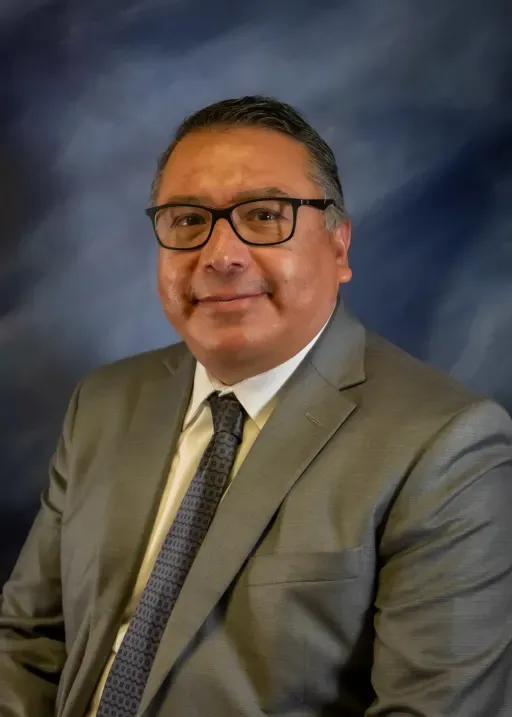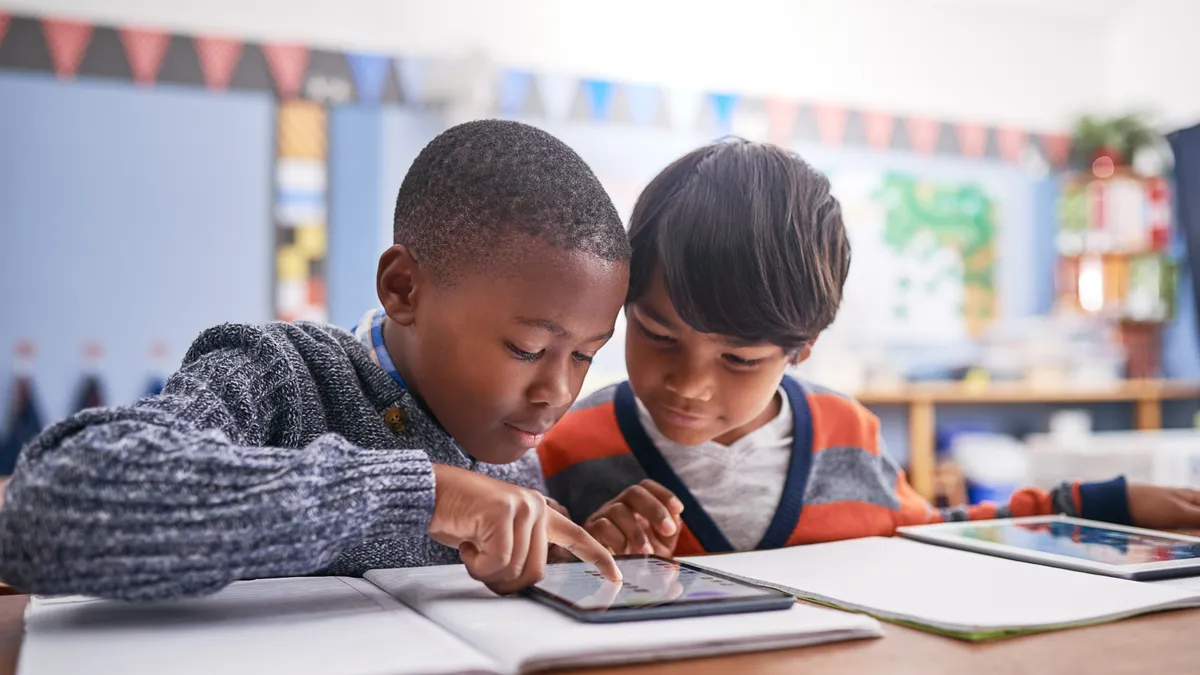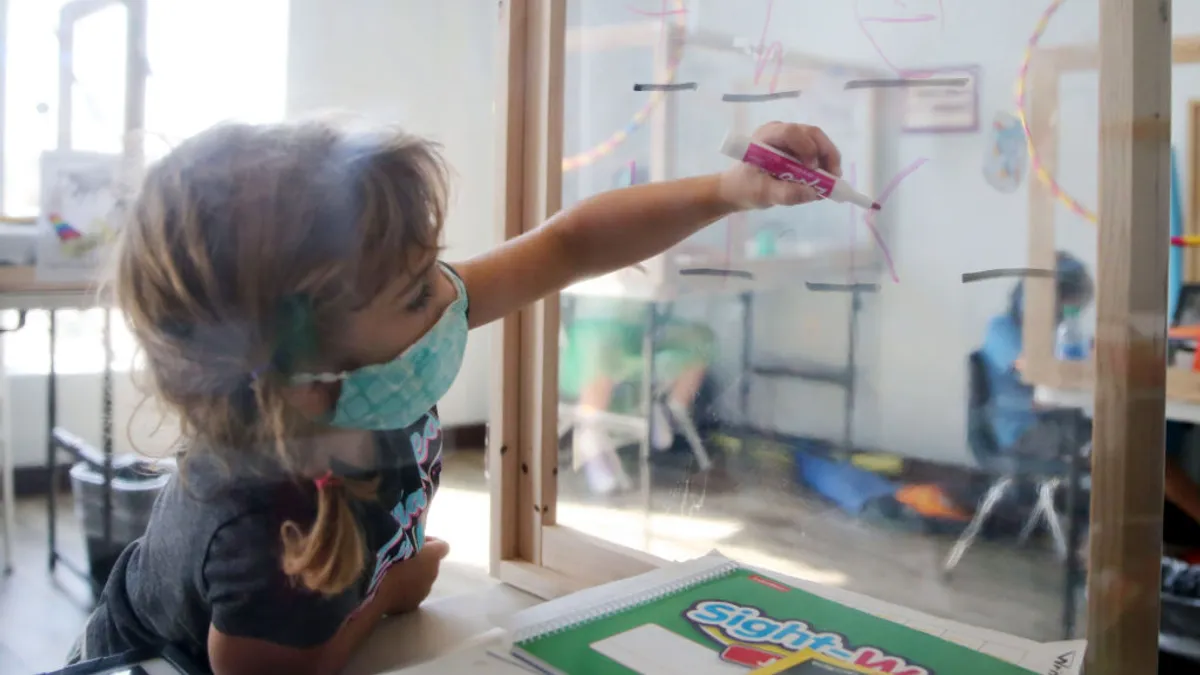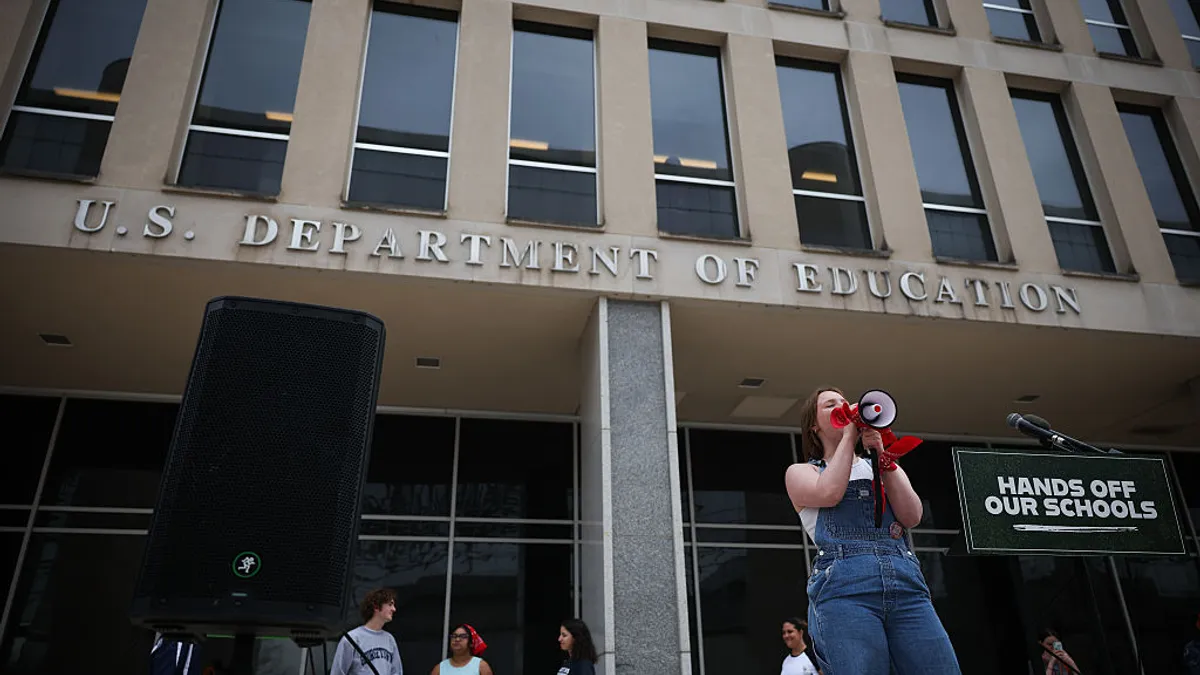Gustavo Balderas is superintendent of Oregon's Beaverton School District and is the 2023-24 president-elect of AASA, The School Superintendents Association.
A couple of years ago in the Beaverton School District, we started to update our strategic vision. As we did, we knew a strong technology plan was essential. We are a 1:1 district that provides devices to our more than 38,000 students, so technology is baked into the school day.
Historically, our technology plans covered technical elements such as budget, audits of existing tools and usage numbers. However, as we reassessed our approach, we found opportunities to make our plan stronger.

We realized we wanted ways to make sure our strategic investments were right for our students — that they were well-adopted and considered all stages of use. Including these additional elements gave us the chance to make smarter, sustainable investments that fully engage our students. These “add-ons” have now become a central part of our technology decisions. Below is more about how we think about and approach them.
A student-first focus
In Beaverton, our students are diverse. We have many multilingual students and students from under-resourced neighborhoods — and we’re also supporting students who are at very different points of their learning journeys. Similar to other districts across the country, we are hyper-focused on strategies that meet students where they are and build individual pathways to help them not only catch up, but thrive.
We know the best technology supports students in a personalized way, without adding more to teachers’ workloads. When we integrated digital curriculum into our core instructional approach, it opened new opportunities for students and educators alike. Teachers suddenly had in-the-moment data about student performance in ways that weren’t previously accessible.
Using embedded formative assessments, our teachers can understand daily which students are learning at grade level and which are not. That quick data makes it easier for educators to identify when students need intervention and what specific supports they need. Access to the data influenced students too, as students were more motivated to learn because they could see specific evidence of their progress.
Seeing how impactful one student-first tool is in our schools led us to explore how we could adopt a stronger learner focus in all technology choices. With new technology, we consider how it helps personalize learning in all grades, ease of use for students and teachers, and whether it’s a tool students will be excited to use.
A commitment to using tools with fidelity
Too many tools brought into the classroom are unused or under-used, and that can be costly for districts. It has an impact on educators and students too, who miss the benefits of a potentially valuable resource.
As a district, we’re investing in ways to understand how educators use tools with fidelity. We are also building in more support to help make the full use of technology easier for educators.
Using tools with fidelity starts with digging in behind the marketing speak of vendors to understand the full feature set of a product. We consider case studies, efficacy research, and the feedback of our internal stakeholders. Our technology evaluation committee also takes note of all of the features and possible uses of a tool. We have to prioritize what is most important, but understanding the full capabilities of a tool can make it easier to decide what’s best for our district ecosystem.
Then, once a tool is invested in, all teachers need to understand how to use it. As a result, our strategic plan includes investing in training and professional development for our teachers. It’s more than one-off training, too. We consider options such as robust knowledge bases from vendors, professional learning communities, and year-long individualized support to help teachers feel comfortable enough to use a tool with fidelity.
A strategy to refresh technology
Like many districts, the rounds of expiring Elementary and Secondary School Emergency Relief funds have made us take a deeper look at how we efficiently and effectively manage our technology budget.
More than ever, we’re thinking of the full cycle of technology: What to do with technology that is broken or outdated, how long technology will potentially last, and how to efficiently replace technology are all questions we’re giving more weight to.
To more comprehensively consider phases of technology beyond adoption and implementation, we’re using a new approach. We consider our budget not only to purchase and onboard tools, but also to sustain them. We look at factors like how long a device will last before it needs to be replaced, whether it can be easily repaired, if it can hold up to the daily hustle and bustle of a school day, and the costs, like recycling fees, associated with getting rid of it.
Considering all of those factors gives us a much fuller picture of the budget needed for technology purchases.
We’re committed to finding the best in class tools that improve student engagement and outcomes while also boosting our district’s efficiency. At the same time, technology will continue to evolve.
Adding a student-first approach, having a commitment to using tools with fidelity, and establishing a technology refresh strategy to our strategic plan provides us with steady guardrails that help us navigate changes while also ensuring our students have the greatest opportunity for success.







 Dive Awards
Dive Awards













